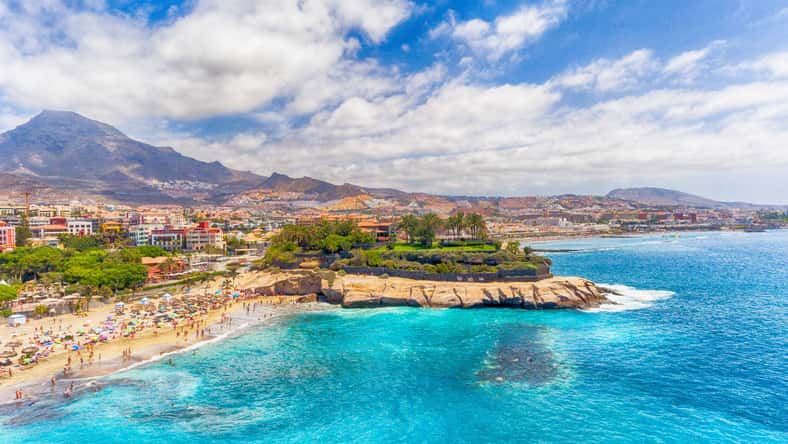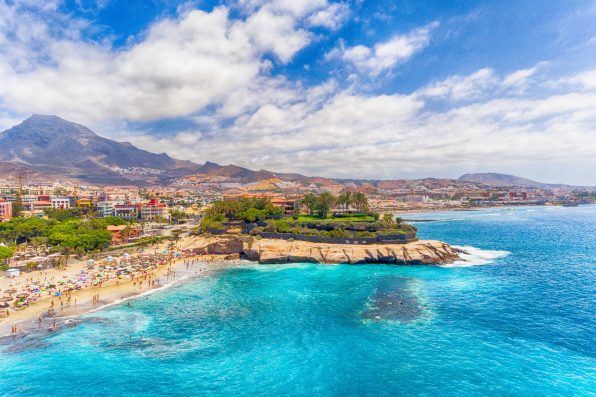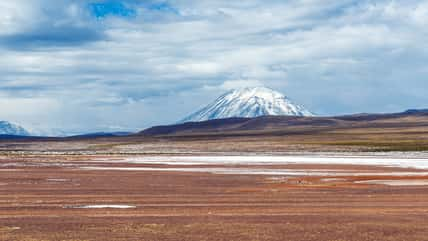The Search For The Lost Island Of San Borondón Has Fascinated People For Centuries, But Scientists Claim An Optical Illusion Made It Seem Like An Island Existed When Nothing Was Really Ever There

In the Canary Islands, the existence of a mysterious isle has been woven into the fabric of the local community’s culture. For centuries, people have embarked on quests to locate the elusive island known as San Borondón. Some even claimed to have laid eyes on it before.
During a September evening in 1957, a photographer named Manuel Rodríguez Quintero had been exploring the western hillsides of La Palma when he spotted a silhouette of what looked like a craggy mass of land in the distance.
He assumed that it was the legendary San Borondón island and snapped a picture of it. The photo was published in a newspaper, which stirred up a buzz in the community. Even today, the search for the island still persists.
The myth of San Borondón all started with an Irish saint. According to legend, Saint Brendan set out across the Atlantic, hoping to find the Promised Land described in the Bible. He and his crew were at sea for seven years, circling the same islands repeatedly.
Toward the beginning of their voyage, they landed on one of the islands. As they started preparing a mass, they suddenly felt the ground shift beneath their feet.
They ran to their boats and reached safety just in time to see the island sink. It turned out that they had been standing on a giant whale. Every year of their journey, the whale would reappear, and they would celebrate Easter on its back.
Over the years, the tale of Saint Brendan’s adventures at sea came to include a host of mythical creatures and other fantastical ideas. A thousand years later, Columbus’ arrival in the Americas caused the legend of Saint Brendan’s maritime explorations to increase in popularity.
In the late 15th century, the Spanish colonized the Canary Islands. Soon, the region became a hub for European explorers.
In the 16th century, sightings of Saint Brendan’s island grew so common that it was incorporated into a number of maps. Experts of today studied the maps to get a better grasp on the legend. They came across evidence of several trips to find the mysterious island. Everyone, from private sailors to the government, wanted to find it.

jovannig – stock.adobe.com – illustrative purposes only
By the 18th century, the Canary Islands were suffering from a famine. It made the quest to locate San Borondón more urgent. People believed that the land there was fertile and abundant with fruit that could alleviate them from their hardships.
It wasn’t until the 19th century that the superstitions surrounding San Borondón started to subside. Science explained that an optical illusion in the atmosphere makes it look like an island exists when nothing is really there, although it is unclear what exactly causes this effect.
Some theories state that a refractive effect magnifies faraway objects on the horizon or an existing island casts a shadow or reflection.
Still, San Borondón has remained everywhere in Canarian culture. It’s included in the names of businesses, streets, farms, and villages. It’s learned about in schools and has inspired many poems, songs, and artwork. The tale is passed down through the generations, shaping unique cultural values and practices.
Sign up for Chip Chick’s newsletter and get stories like this delivered to your inbox.
More About:News





